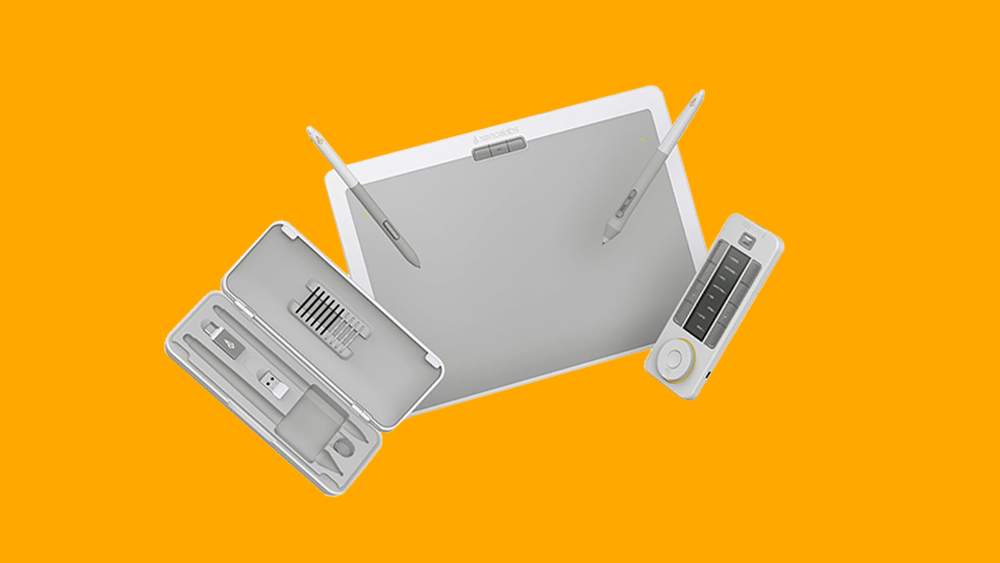“We were forced to defend our work”: Digital Kitchen on the impact of AI
AJ and Mason Nicoll discuss how advancing technology has influenced their creativity.
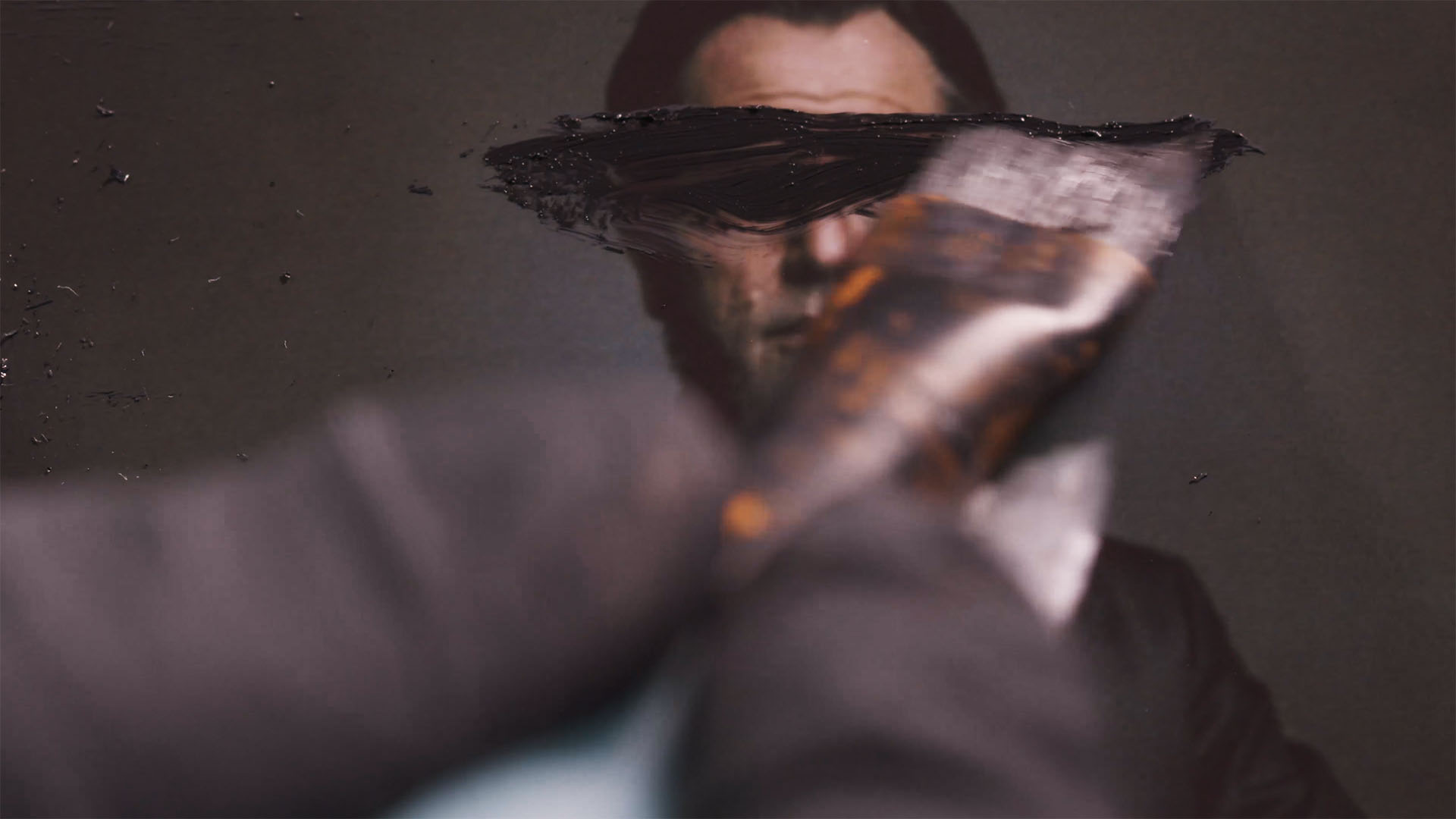
At this year's OFFF Festival, I had the pleasure of chatting with Digital Kitchen, a global creative studio combining Emmy-winning storytelling, content, and design to build immersive experiences that defy expectation. Shaping today's leading interactive installations, TV titles, brand motion films and graphic systems, Digital Kitchen redefines creativity with an elevated cinematic touch.
Sitting down with Digital Kitchen's creative director, Andrew 'AJ' Julien, alongside executive creative director Mason Nicoll, we discussed how evolving technology has influenced their work. With the rapid advancement of AI looming over the industry, the pair discussed their thoughts on the technology and shared how their return to tactile filmmaking techniques, paired with leading video editing software, has built a unique hybridised approach to creativity.
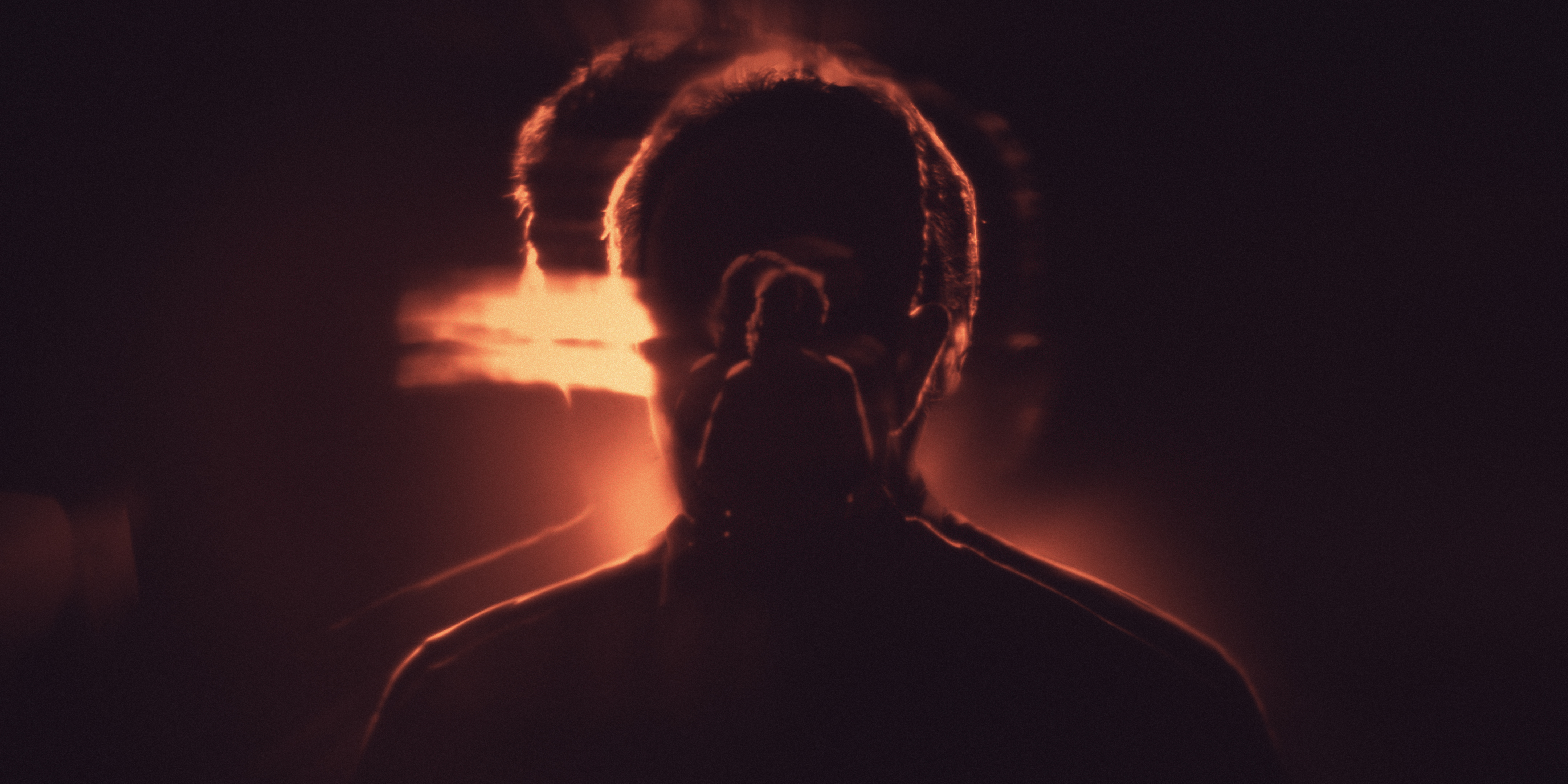
Digital Kitchen has been in the creative industry for three decades, evolving with technology while expanding its diverse offerings. For AJ, each project is an opportunity to build their creative roster. "We're constantly bringing in new technology for experiences. Every time we do a new project, whether it's an interactive website or experience, we're wondering how we can leverage the things we've learned."
"I'm personally excited to see how we can use the technology to create more frictionless experiences where the storytelling can shine. At the end of the day, we don't want the technology to be seen or felt. It should always be in the background," AJ adds.
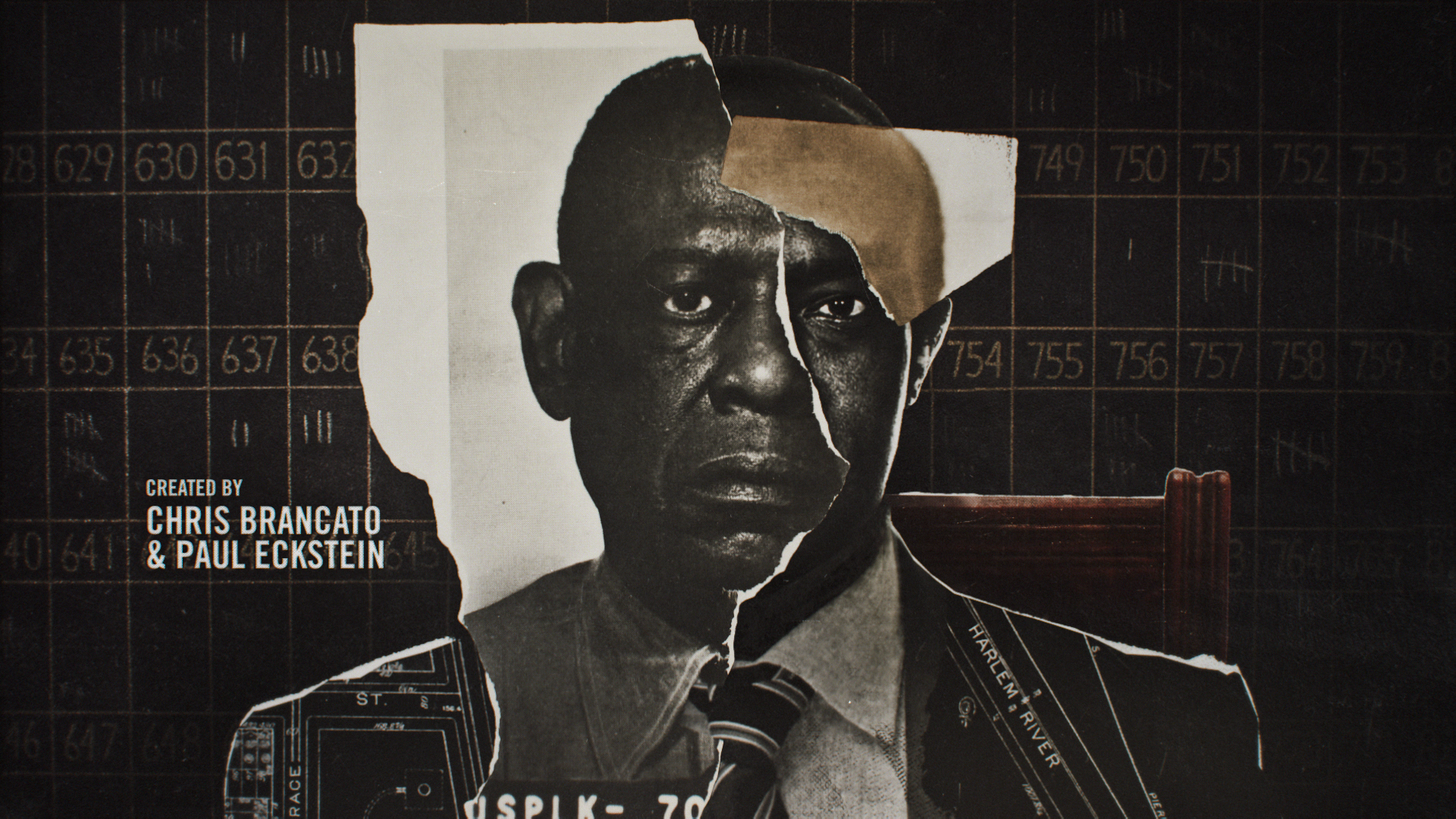
Despite the demand for innovation when it comes to their immersive experiences, when creating title sequences, the team isn't afraid to embrace traditional media. "At Digital Kitchen, there's a lot of that editorial mindset. We love to have things to play with and cut and build the tone of a given piece," Mason explains.
When shooting the title for the TV series, Lore, the team looked beyond the norm, using experimental creative tools to create a refractive "ghostly" quality. "We used old radioactive Russian lenses," AJ tells me. "We took our black magic infrared camera and moved the glass around to bring that refractive quality to it. A lot of our work is trying to bring back that handmade, intentional feel," he adds.
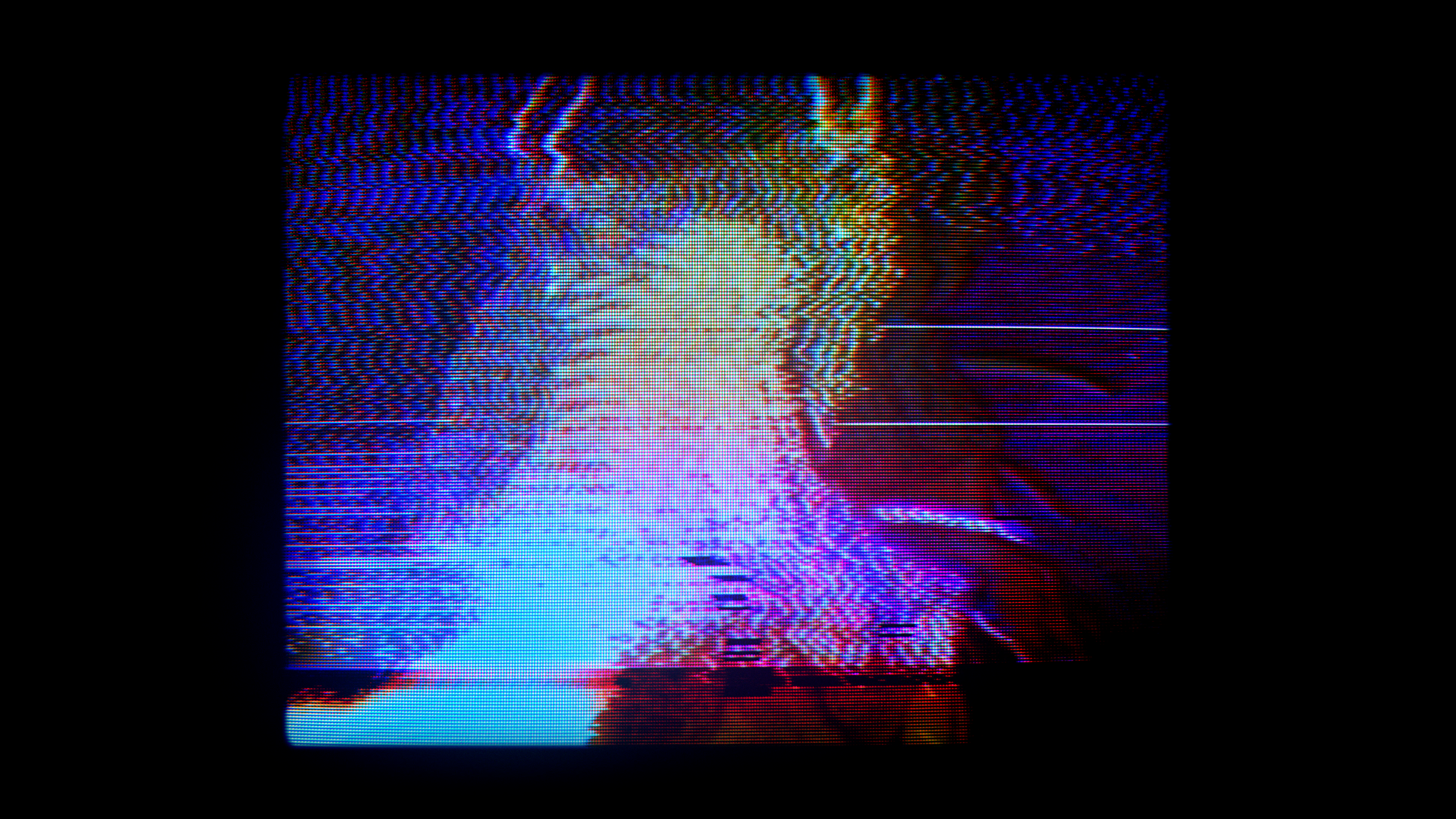
Similarly, when creating the title for Apple TV's Sugar, the team was inspired by paint-on-glass animation, but found the traditional technique too time costly, forcing them to find a modern workaround.
Daily design news, reviews, how-tos and more, as picked by the editors.
"We knew the showrunners wouldn't wait for us to do that technique, so we developed a version in After Effects to replicate it. It actually got pretty close, and we were happy with it," Mason explains. "The problem was, right around that time, AI was taking off. AI has a similar odd flicker and morphing effect to it, so when we launched the title, people thought it was AI. It was kind of a bummer because we were forced to defend our work," he adds.
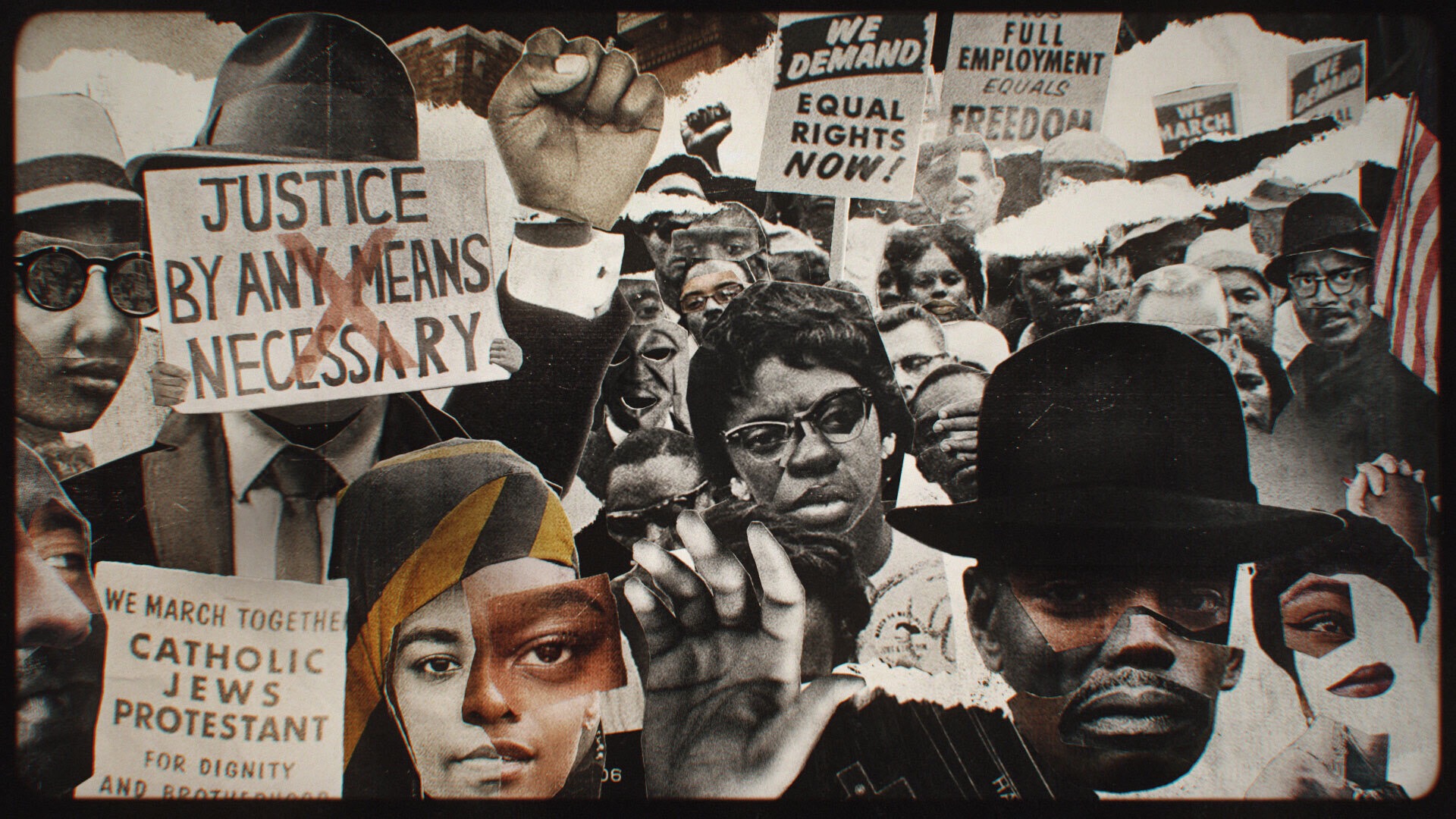
In today's creative industry, it's hard to ignore the mounting impact of AI, but Mason wasn't quick to embrace the technology, explaining, "I was the curmudgeon Gen X person that didn't even want to touch it. I had a bad taste when sugar was released, after people were saying 'oh, this is just an AI title'." It wasn't until he started seeing practical uses for the technology that his opinions began to shift. "I started seeing truly interesting, potentially groundbreaking ways of using AI," Mason explains.
At Digital Kitchen, the team are taking a mindful approach to the technology. "I don't think we should shy away from it, it's going to be part of the industry. I think AI is something you have to embrace, but you have to embrace it carefully," AJ says.
"We don't use it tremendously, but there are elements. For example, during an initial ideation phase, I find that sometimes it's a good way to free your creative mind. It's never gonna be used to create a final product, but it might get you to think differently," AJ adds. "Visually, I almost see AI as a new creative medium, but for us, it helps expedite processes."
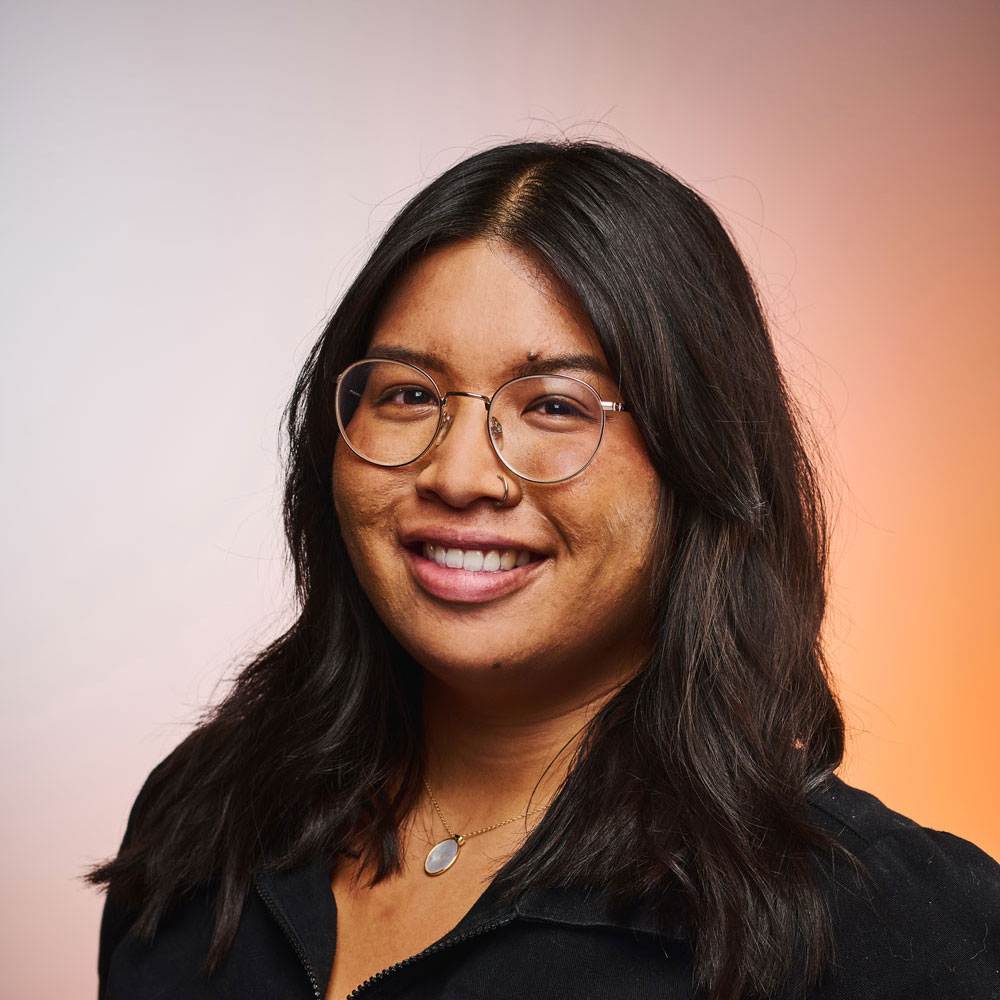
Natalie Fear is Creative Bloq's staff writer. With an eye for trending topics and a passion for internet culture, she brings you the latest in art and design news. Natalie also runs Creative Bloq’s Day in the Life series, spotlighting diverse talent across the creative industries. Outside of work, she loves all things literature and music (although she’s partial to a spot of TikTok brain rot).
You must confirm your public display name before commenting
Please logout and then login again, you will then be prompted to enter your display name.
